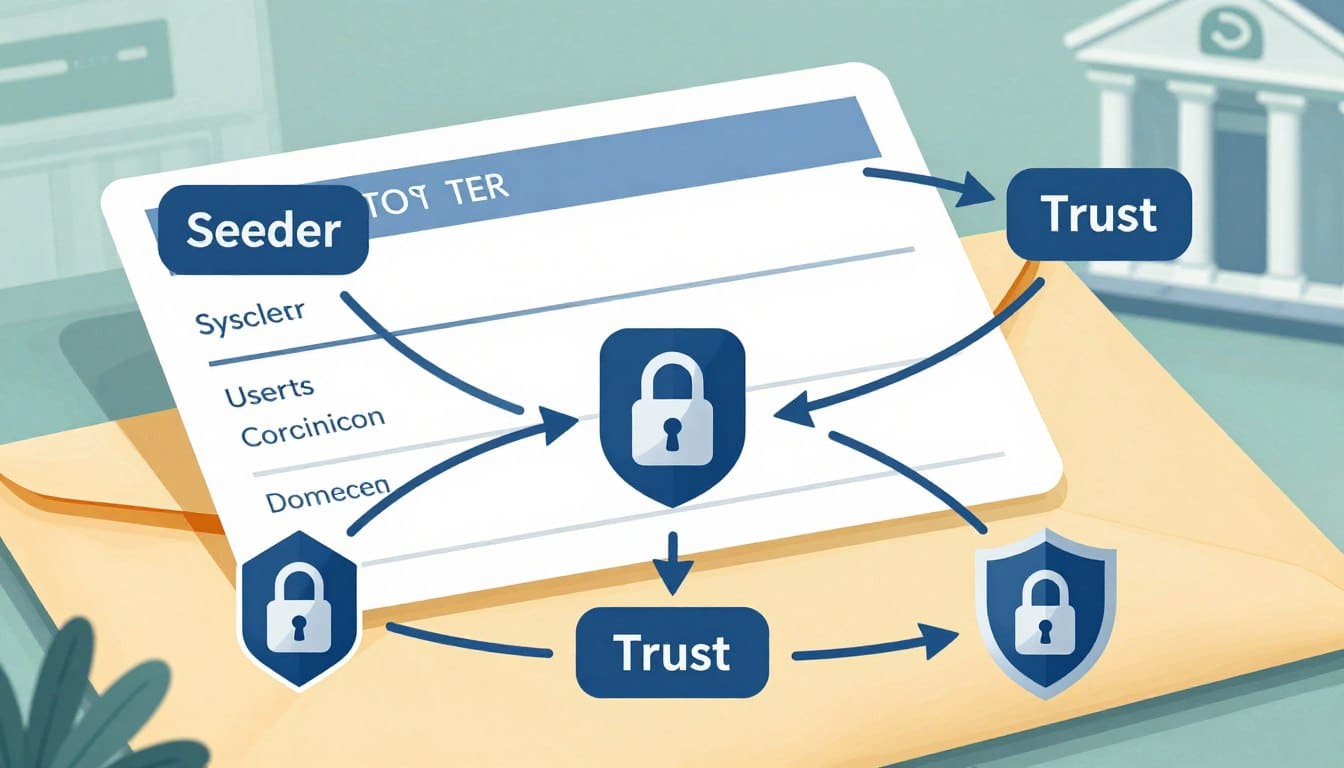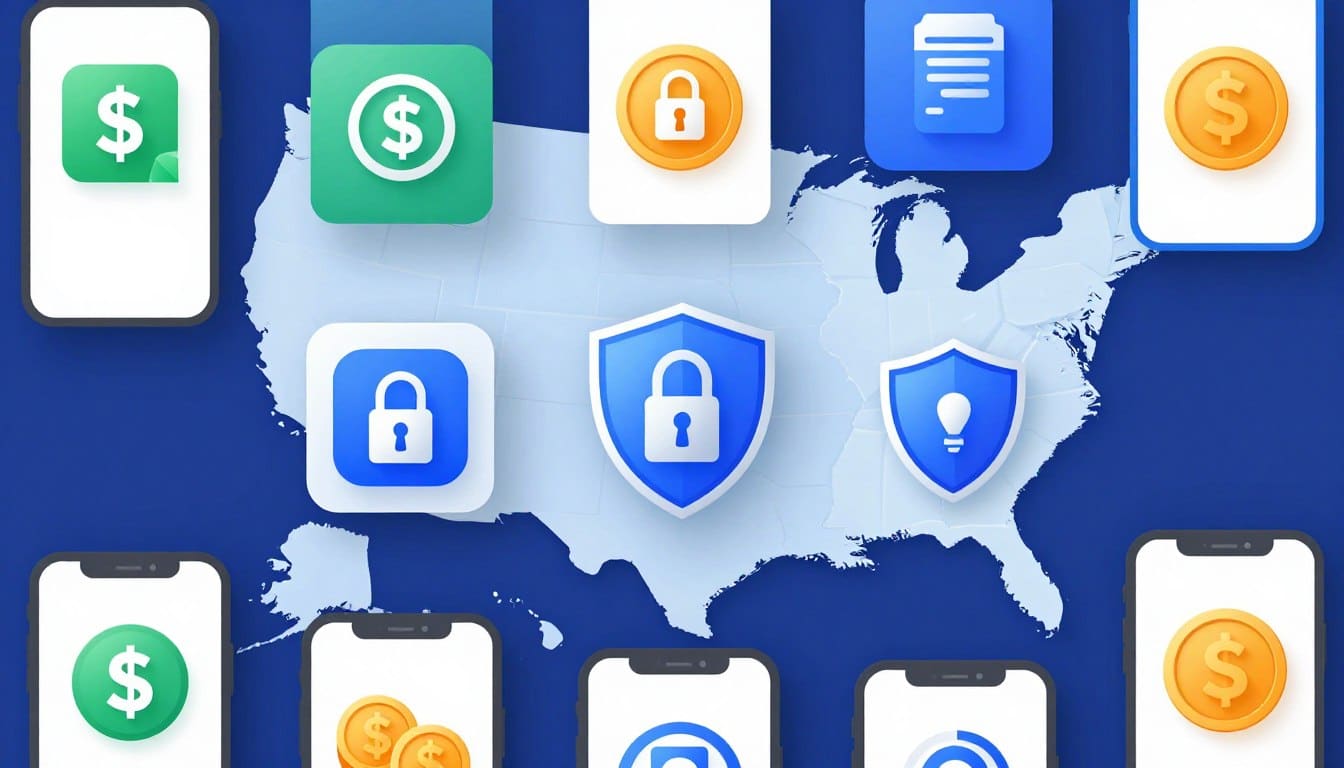Looking for a card for every occasion?
Education savings plans help parents get ready for their kids’ school costs. They make it easier to save for things like tuition. Families can choose from options like 529 plans and Education Savings Accounts (ESAs).
Each option has its unique pros and ways to use it for school funding. Understanding these plans is key to planning your finances well. This can lead to a more successful future for your child.
Anúncios

Chase Sapphire Preferred® Card

Anúncios
Understanding Education Savings Plans
Education savings plans help families plan for their children’s future schooling. They offer tax breaks and investment growth. Parents can use them to save money on education costs. This includes money for college, secondary school, or vocational programs.
Key features of these plans include:
- Flexible contribution options to meet diverse financial situations.
- Eligibility for tax-free growth on investments.
- An assortment of qualified expenses covering tuition, fees, and books.
Planning ahead for education costs is more important than ever. Starting to save early lets families grow their funds. This makes reaching educational goals easier.

What are 529 Plans?
A 529 plan is made for saving ahead for school costs, with perks guided by the Internal Revenue Code. It helps families put money aside for college or similar schools, offering big financial pluses.
Types of 529 Plans
There are mainly two kinds:
- Prepaid Tuition Plans: You can pay for college credits at today’s prices to avoid future cost hikes.
- Savings Plans: These work like investment accounts, growing contributions over time through market moves.
Tax Advantages of 529 Plans
529 plans come with tax benefits that make them appealing. They grow money without taxing it, and you don’t get taxed for using the money on school costs. Many states also give tax breaks or deductions for these plans, making education savings more manageable for families.
The Importance of Starting Early
Saving early for education helps with the high costs of school. Starting soon lets families use the power of compounding, which makes their savings grow bigger by the time college comes around. Waiting too long to save means not having enough money, which can make paying for school harder.
Compounding Benefits
Compounding is key to getting more money over time. If you start putting money away for school early, it starts growing sooner. The sooner you begin, the more you can earn from interest and returns. Here’s why starting early matters:
- It makes your savings grow bigger.
- It reduces how much you need to save later.
- It helps deal with sudden increases in school costs.
Long-term Financial Planning
Planning ahead for future costs like tuition is smart. Starting early means you can change your savings plan as needed. It lets you plan better for how much school will cost. By checking your savings plan regularly, you can make sure you’re on track with your money goals. Here are some benefits of good planning:
- Making changes if school costs go up.
- Protecting your kids’ school future.
- Dealing with surprise money problems better.
Maximizing Contributions
To really boost education savings, it’s key to know about yearly limits and gift tax benefits. Understanding these rules lets families save more for education costs.
Annual Contribution Limits
The yearly amount you can put into a 529 plan is $15,000 per person without facing gift tax. This rule helps families plan their savings wisely. They can use multiple years to save as much as possible.
- Parents can steadily increase their savings without worrying about taxes.
- Relatives and friends can also chip in, increasing the support.
- Starting to save early benefits from interest over time.
Gift Tax Advantages
Getting how gift tax benefits work is vital for maximizing education savings. These benefits let families boost their savings without tax issues. It means they can put more money towards education costs.
- Staying under the yearly limit lets gifts grow big over time.
- Grandparents and others can give money without gift tax worries.
- This way, kids have better chances for their education future.
The Role of Education Savings Accounts (ESAs)
Education Savings Accounts, or ESAs, are a different way for families to save for school costs. They let money grow tax-free and be taken out without taxes for education expenses. People can put in up to $2,000 every year into these accounts. This makes ESAs a flexible choice for anyone looking to improve their savings for education.
What is an ESA?
ESAs are set up for saving money for both K-12 and college expenses. Each family member can put money into the account, but they have to keep it under $2,000 each year. The fact that you don’t have to pay taxes on the money you take out for school costs makes ESAs a good option for many. Yet, not everyone can get one because of income limits.
Comparison with 529 Plans
In comparing ESAs and 529 plans, each has its pros and cons. 529 plans allow you to save more money and don’t have income limits. ESAs, on the other hand, give you more options on where you can invest your money. This could mean more money earned for those who are active in managing their investments. Plus, ESAs can cover more K-12 costs than 529 plans, making them more useful in funding education.
Tax-Free Growth: The Bottom Line
Families who save for education see big benefits from 529 plans and Education Savings Accounts (ESAs). With these, money grows without paying taxes. This helps more than regular savings accounts, where you lose some earnings to taxes.
By saving this way, families can build strong funds for school costs without tax worries. It reduces stress about paying for college. Families find it easier to avoid big student loans, feeling more secure about future education plans.
Choosing the right savings plans helps families deal better with education costs. With tax-free growth, they are setting up a smart financial future. This ensures students have the support they need later on.
Utilizing the Ugift® Platform for Gifting
The Ugift® platform is a great tool for those looking to add to 529 plans. It’s easy to use for family and friends who want to help with a child’s education. With Ugift®, account holders can create a unique code to share on social media or email. This lets everyone easily chip in for education costs.
States like Pennsylvania, Wisconsin, and Colorado use Ugift® to help people support educational goals. Its easy interface makes it simple for anyone to contribute. This helps families meet their savings targets and builds a community of support.
Wide Range of Qualified Expenses
Education savings plans, like 529 plans and ESAs, offer a wide range of qualified expenses. This feature helps families cover different education-related costs more easily. It’s a big relief from the financial stress of learning.
Covering Various Education Costs
These savings accounts are flexible, helping parents and students with many needs. These include:
- Tuition fees for primary, secondary, and post-secondary schools
- Books and supplies needed for classes
- Computers and software for learning
- Living costs for college students
Recent laws have made these accounts even more useful for a variety of education costs. Families can now more effectively save for education. This helps reduce financial worries while planning for the future.
Flexibility in Beneficiary Changes
Education savings plans, like 529 plans, offer families a lot of flexibility in changing beneficiaries. If the original beneficiary decides not to go to college or if there’s money left over, the account can be moved to another family member with no penalties. This means the money saved for education stays in the family, helping support learning goals even if plans change.
529 plans let families adjust as their situations change. It’s easy to use the funds for brothers, sisters, cousins, or even grandkids. Changing who the money goes to helps make sure the savings keep being useful. It makes sure the initial money put in helps as much as possible and isn’t wasted.
Planning for Future Education Costs
As education costs rise, it’s key for families to plan ahead. Tracking tuition increases helps parents prepare for what’s to come. By monitoring these trends, families can ready themselves financially.
Tracking Rising Tuition Rates
Tuition rates at schools are going up each year. It’s smart to keep an eye on these changes. Thinking about things like location and the type of school helps estimate future costs. This helps families make smart saving plans.
Choosing the Right Savings Strategy
Choosing a good savings strategy is important for handling future school costs. Options like a 529 plan or an Education Savings Account (ESA) offer different benefits. Deciding what’s best depends on your financial goals and family needs. Mixing saving and investing approaches can boost your strategy’s success.
Common Misconceptions About Educational Savings
Many people think that educational savings plans are just for the wealthy or for certain schools. This isn’t true. These plans are for all types of families, aiming to support their children’s future. Once these myths are cleared up, families find they have many ways to save for college or other learning needs.
Eligibility and Restrictions
It’s often believed that only rich families can use educational savings plans. People also think these plans only work for some schools or programs. Plus, there’s a myth that young families can’t start saving early.
- Only high-income families can benefit from education savings plans.
- These plans are limited to particular educational institutions or programs.
- There are strict age limits that restrict younger families from starting their savings.
Actually, these savings plans are quite flexible. They help many families save for various schooling options. By really understanding who can use these plans, families find they can make plans for school that suit their budget and dreams.
Alternative Education Savings Options
Parents often look for ways to save for their kids’ education. While many go for 529 plans, there are other choices too. Custodial accounts are one such option. They have benefits that traditional education savings plans don’t offer.
Custodial Accounts vs. 529 Plans
Custodial accounts, like UGMA and UTMA, are different from 529 plans. Here are some main differences:
- Flexibility: Custodial accounts are more flexible in how the money can be used. They cover a large array of expenses, not just for schooling.
- Ownership: The child gets to control the account when they become an adult. This allows them to make their own financial decisions.
- Tax Considerations: Custodial accounts don’t have specific tax benefits. So, the earnings might get taxed based on the child’s income rate.
- Investment Choices: Parents have a wider range of investment options with custodial accounts. In 529 plans, the choices are more limited.
Looking into these benefits helps families pick the right savings method. It matches their financial needs and educational goals. Custodial accounts offer a distinct choice worth considering.
Conclusion
Saving for education is crucial for a child’s future. Options like 529 plans and Education Savings Accounts (ESAs) help parents plan ahead. These options come with tax benefits and allow for more savings, helping with the high costs of education.
Platforms like Ugift® make it simpler to gather funds for school. They help parents understand which savings plan works best for them. This way, they can choose a plan that fits their family’s needs, laying a strong base for their children’s education.
Starting to save early is key to handling future education expenses. It gives families a head start in managing college fees. By choosing the right saving tools, parents can make education a reachable goal for their kids.
FAQ
What is an education savings plan?
What are the benefits of a 529 plan?
How do Education Savings Accounts (ESAs) differ from 529 plans?
What are the contribution limits for education savings plans?
Can education savings plans be used for K-12 expenses?
What is the Ugift® platform and how does it work?
Is it easy to change the beneficiary of an education savings plan?
What happens if the original beneficiary does not attend college?
Are there any misconceptions about eligibility for education savings plans?
What are custodial accounts and how do they compare to 529 plans?
Conteúdo criado com auxílio de Inteligência Artificial


